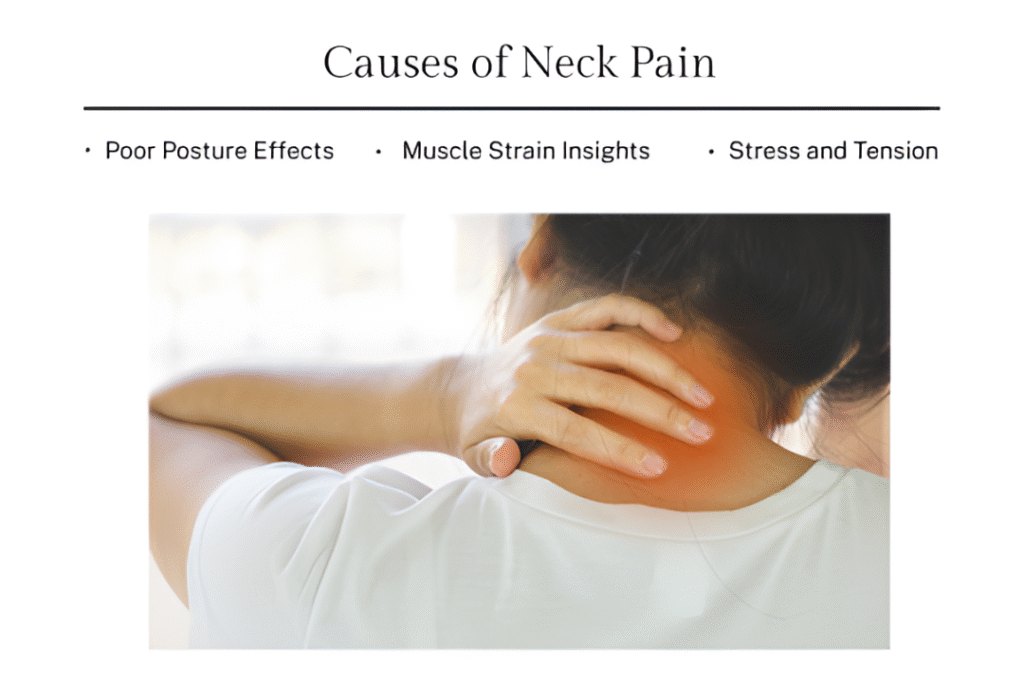
Almost everyone has experienced neck stiffness after a long day of working at a desk or scrolling on a phone. But for millions of people, that neck pain isn’t just discomfort — it’s a possible trigger for migraines, one of the world’s most disabling neurological conditions.
Migraines affect over 1 billion people globally, making them the second leading cause of disability worldwide, according to the World Health Organization (WHO). In India, studies by the Indian Council of Medical Research (ICMR) estimate that nearly 150 million people suffer from migraines, with women three times more likely to be affected than men.
At the same time, neck pain ranks among the top musculoskeletal problems, with research suggesting that 20–30% of adults experience neck pain at any given time. Prolonged sitting, poor posture, stress, and screen-heavy lifestyles make this an everyday issue for students, working professionals, and older adults alike.
But here’s the pressing question: is neck pain really linked to migraines, or do they just happen to occur together?
Scientific research over the past two decades suggests a strong connection between the two. Neck pain may act as a trigger, a symptom, or even a warning sign for migraine attacks. Understanding this relationship can help patients seek the right treatment earlier, reduce suffering, and improve quality of life.
This article explores the science behind the connection between neck pain and migraines, the causes, real-world statistics, diagnostic challenges, and evidence-based treatments — all in a way that’s clear, relatable, and actionable.
Understanding Migraines
What Are Migraines?
Migraines are neurological disorders, not just “bad headaches.” They involve abnormal brain activity that affects nerves, blood vessels, and chemicals in the brain. Key features include:
- Throbbing or pulsating head pain, usually on one side
- Pain lasting 4 to 72 hours if untreated
- Accompanied by nausea, vomiting, light and sound sensitivity
- Sometimes preceded by an aura (visual changes, tingling, or speech disturbances)
The Global Burden of Disease Study (2019) ranked migraines among the top 10 most disabling medical conditions, often interfering with work, family, and social life.
Types of Migraines
- Migraine with aura – visual or sensory disturbances before the headache
- Migraine without aura – the most common type
- Chronic migraine – headaches on 15 or more days a month for over 3 months
Understanding Neck Pain
Why Is Neck Pain So Common?
The cervical spine is a delicate yet powerful structure. It consists of 7 vertebrae (C1–C7), intervertebral discs, muscles, ligaments, and nerves that support the head and allow movement. However, this region is vulnerable to strain and injury.
Common causes of neck pain include:
- Prolonged sitting and forward head posture
- Muscle tension from stress
- Degenerative changes (cervical spondylosis, disc herniation)
- Injuries or whiplash
- Poor ergonomics at work or while using digital devices
Research in the Indian Journal of Orthopaedics (2017) reported that up to 34% of Indian IT professionals complain of chronic neck pain, highlighting the scale of the problem in a digital economy.

The Science of the Neck-Migraine Connection
The connection between neck pain and migraines is both neurological and musculoskeletal.
1. Shared Nerve Pathways
The trigeminocervical complex (TCC) is a hub of nerve fibers that receive signals from both the trigeminal nerve (responsible for facial sensation and migraines) and the upper cervical spinal nerves (C1–C3).
When the neck is strained or irritated, these signals can “cross-talk” and the brain may interpret the pain as coming from the head — triggering or worsening a migraine.
2. Muscle Tension and Blood Flow
Tight neck muscles, such as the trapezius and suboccipital muscles, can restrict blood flow and irritate nerves, leading to headache or migraine-like pain.
3. Posture as a Trigger
Poor posture, especially forward head posture, increases stress on cervical structures. This chronic strain sensitizes the TCC, making individuals more vulnerable to migraines.
4. Overlapping Symptoms
- Both migraines and neck pain can cause stiffness, fatigue, and restricted movement.
- Up to 75% of migraine patients report neck pain during or before attacks (Cephalalgia, 2018).
What Research Says
- Mayo Clinic reports that people with chronic neck dysfunction have a higher frequency of migraines.
- A PubMed study (2018) found that treating cervical muscle tension reduced migraine intensity in many patients.
- Harvard Health emphasizes posture correction and physiotherapy as effective preventive strategies.
- AIIMS Delhi (2020): Patients undergoing cervical spine strengthening exercises reported significant reductions in migraine frequency and severity.
Signs That Neck Pain Is Linked to Migraines
Warning Signs to Watch For
- Headache worsens with neck movement
- Pain begins in the neck and radiates to the head
- Stiffness is present during migraine attacks
- Relief when neck muscles are stretched or massaged
- Migraine triggers include prolonged sitting or posture strain
Diagnosis – How Do Doctors Differentiate?
Key Steps in Diagnosis
- Medical history and symptom diary
- Physical exam – posture, cervical spine range of motion, muscle tenderness
- Neurological tests – checking reflexes, coordination, sensory function
- Imaging (MRI or CT) if disc herniation, nerve compression, or other pathology is suspected
Differentiating between cervicogenic headache and migraine is crucial since treatment differs.
Treatment Options
1. Medical Approaches
- Triptans for acute migraine relief
- Preventive medications like beta-blockers or anti-seizure drugs
- Muscle relaxants if cervical spasm is contributing
- Botox injections in chronic migraine cases
2. Physiotherapy and Exercise
- Chin tucks to correct posture
- Neck stretches for trapezius and levator scapulae
- Strengthening deep cervical flexors
- Manual therapy for muscle release
3. Ergonomic Adjustments
- Keep screen at eye level
- Use a chair with cervical support
- Take micro-breaks every 30 minutes
4. Lifestyle Changes
- Consistent sleep schedule
- Stay hydrated
- Stress management with yoga or meditation
Prevention Strategies
- Posture checks every hour
- Stretching routine for neck and shoulders
- Ergonomic setup at work and study stations
- Balanced diet and hydration
- Early medical consultation when symptoms persist
When to Seek Medical Help
Seek urgent care if:
- Migraines occur more than 15 days/month
- Pain is accompanied by vision problems or weakness
- Neck pain worsens with tingling or numbness in arms
- OTC painkillers stop working
The Role of We Are Spine
At We Are Spine, specialists understand the complex overlap between neurological conditions like migraines and musculoskeletal issues like cervical pain. The team combines neurology, physiotherapy, and spine care expertise to create individualized treatment plans. Whether it’s posture training, non-surgical management, or guided rehabilitation, WeAreSpine helps patients reduce pain and reclaim quality of life.
Conclusion
Neck pain and migraines are not isolated problems — they are closely linked through shared nerve pathways, posture issues, and overlapping triggers. For many patients, addressing neck health is a key step in preventing and managing migraines.
The science is clear: improving posture, reducing muscle strain, and incorporating physiotherapy and lifestyle changes can significantly reduce symptoms. If you often experience migraines with neck stiffness, it’s time to listen to your body. Seeking professional guidance ensures you not only treat the pain but also address its root causes.